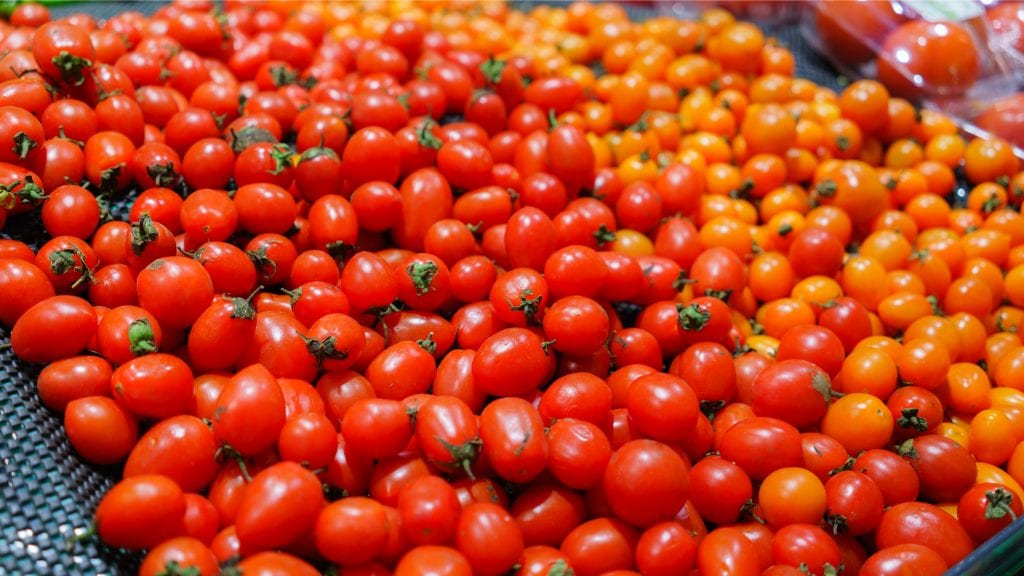
By Clint Thompson
The end to the U.S.-Mexico Tomato Suspension Agreement will not disrupt the current market access to tomatoes nor will it impact prices consumers are paying. That’s the belief shared by Robert Guenther, executive vice president of the Florida Tomato Exchange.
“We’re going to see this hyperbole as I like to call it, or false narrative that tomatoes are going to cease to exist in the U.S. Prices will be $100 a tomato. You’ve seen this type of stuff happen in past negotiations,” Guenther said. “Quite frankly, we believe that when the suspension agreement is terminated, which is July 14 of this year, we know that the market is not going to stop. The tomato market in Mexico, like a lot of other fruits and vegetable markets, are geared towards exporting to the United States. That’s not going to stop.
“There’s no reason to believe that tomatoes are going to stop coming across the border. There’s no reason to believe there’s going to be increases in prices. This agreement has been terminated multiple times over the last 29 years. There’s no evidence that the loads have significantly declined, in terms of them coming over, when it’s been terminated. There’s no evidence that prices have shot up for tomatoes to the consumer. There are theories around that, but there’s no real hard evidence.”
Background
The Commerce Department’s decision to terminate the agreement came in response to a 2023 petition from the tomato industry, which was supported by more than 60 bipartisan members of Congress from 11 states, the American Farm Bureau Federation, state farm bureaus from all nine major tomato-producing states and 15 fruit and vegetable trade associations across the country.
Mexican tomato companies have consistently dumped their product into the U.S. market, despite five suspension agreements since 1996. Since the first agreement was in place, Mexican tomato imports have surged nearly 400%, capturing more than 70% of the U.S. market. The domestic market share dropped from 80% to 30% during that same timeframe.
Source: Florida Tomato Exchange









